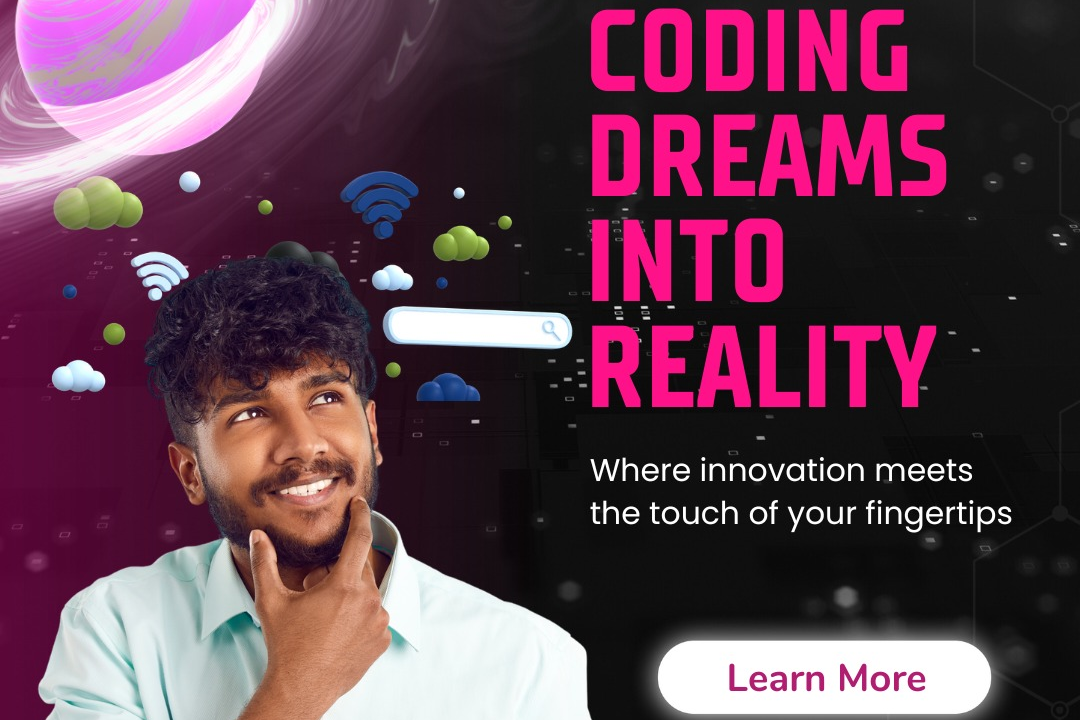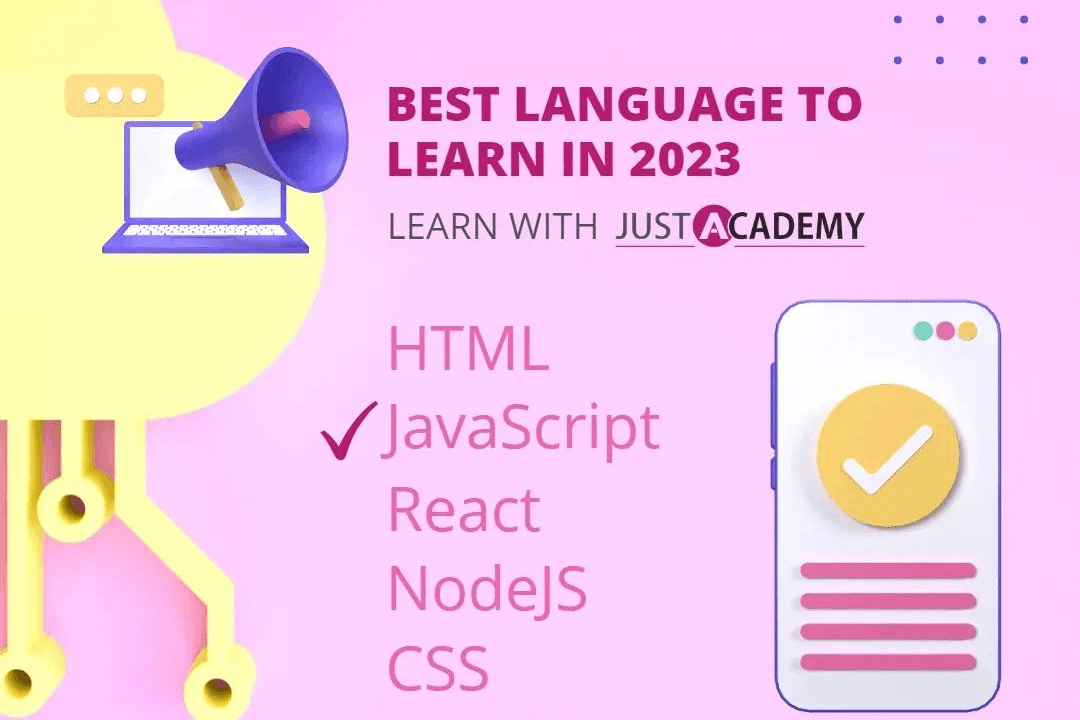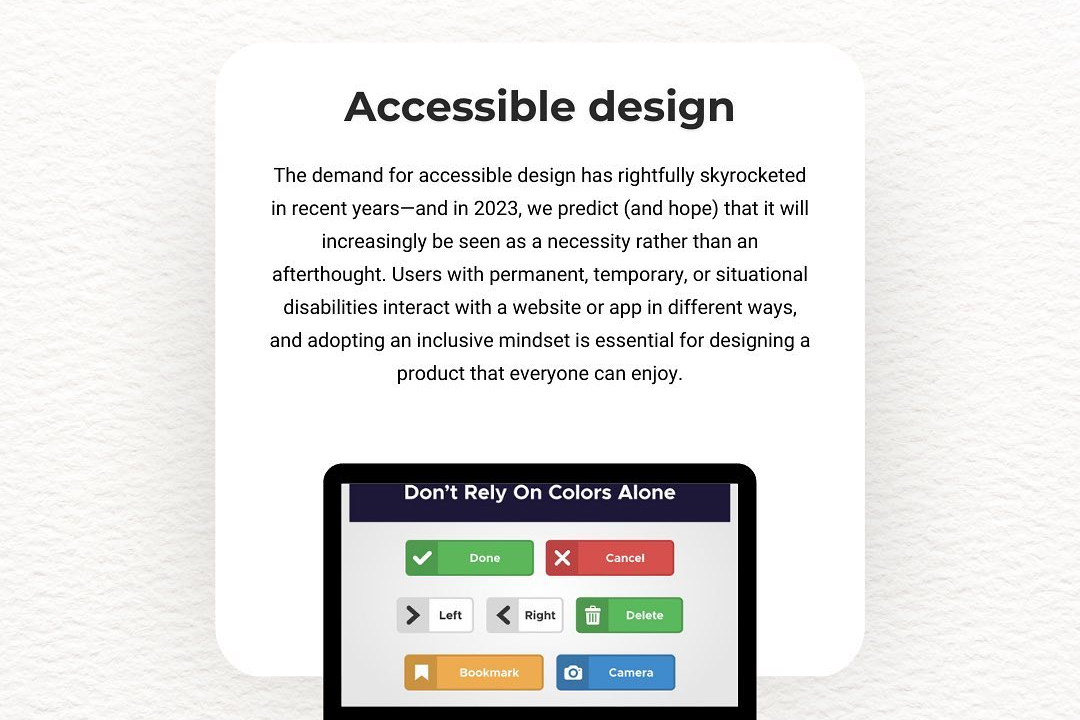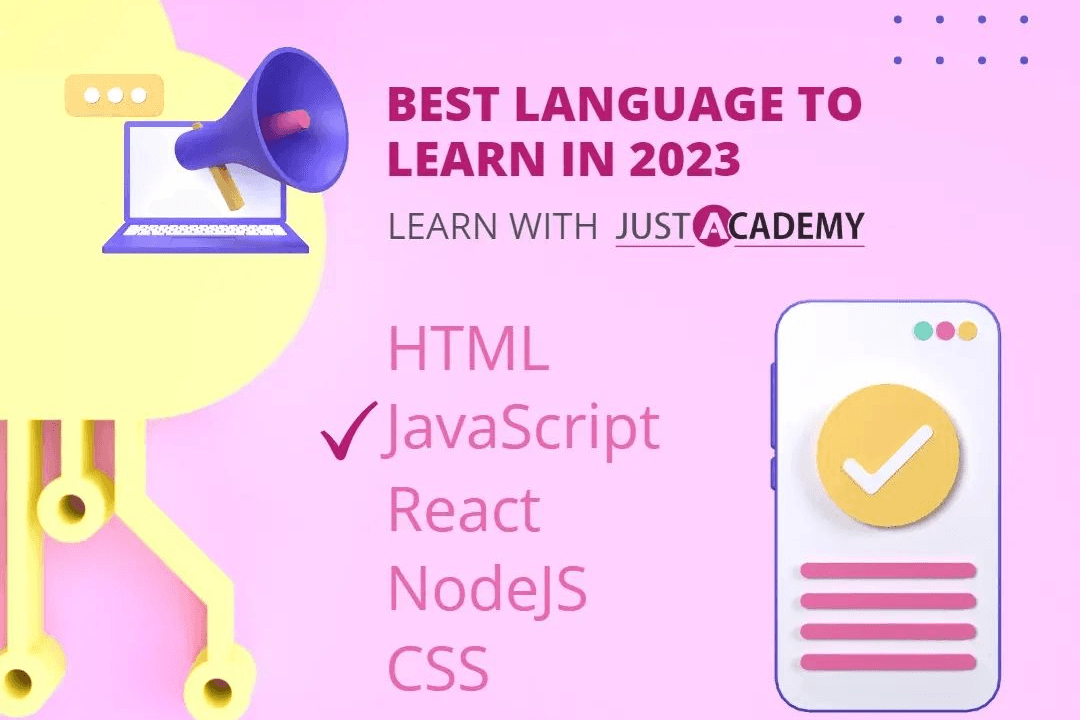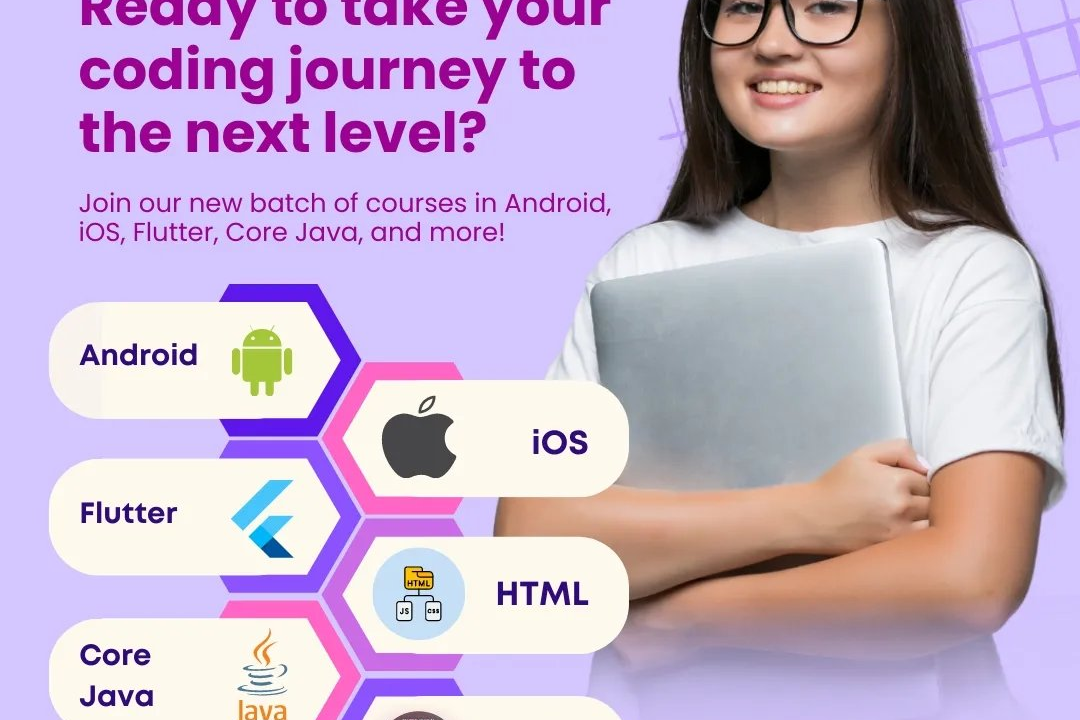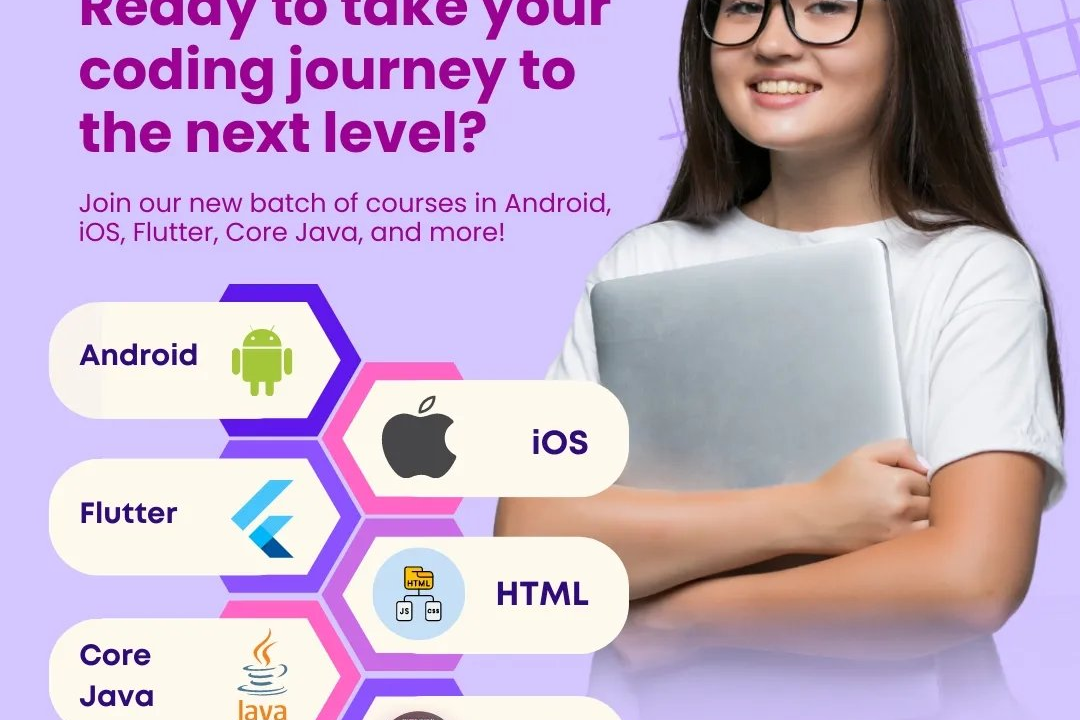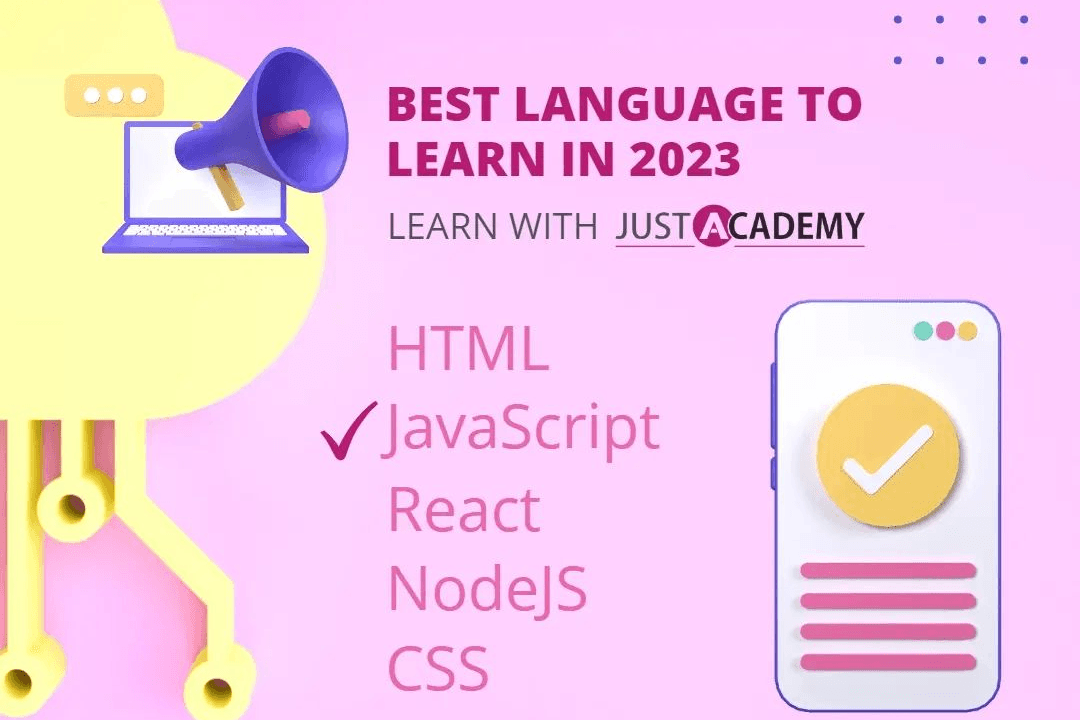Dart And Flutter Vs React Native
Dart and Flutter, developed by Google, are a powerful combination for building natively compiled app
Dart And Flutter Vs React Native
Dart and Flutter, in comparison to React Native, offer a streamlined approach to building cross-platform applications with a single codebase. Using Dart, Flutter enables developers to create visually stunning and high-performance apps with rich, customizable widgets, while also benefiting from features like hot reload for faster iterations. On the other hand, React Native allows developers familiar with JavaScript and React to leverage their existing skills for mobile development. Both frameworks facilitate efficient app development, but Flutter's strong emphasis on performance and a cohesive UI experience often makes it a preferred choice for projects requiring intricate designs and animations. Ultimately, the decision between Dart with Flutter and React Native hinges on project requirements and the team's expertise.
To Download Our Brochure: https://www.justacademy.co/download-brochure-for-free
Message us for more information: +91 9987184296
Dart and Flutter, in comparison to React Native, offer a streamlined approach to building cross platform applications with a single codebase. Using Dart, Flutter enables developers to create visually stunning and high performance apps with rich, customizable widgets, while also benefiting from features like hot reload for faster iterations. On the other hand, React Native allows developers familiar with JavaScript and React to leverage their existing skills for mobile development. Both frameworks facilitate efficient app development, but Flutter's strong emphasis on performance and a cohesive UI experience often makes it a preferred choice for projects requiring intricate designs and animations. Ultimately, the decision between Dart with Flutter and React Native hinges on project requirements and the team's expertise.
Course Overview
The “Dart and Flutter vs. React Native” course offers an in-depth exploration of two leading frameworks for cross-platform mobile app development. Participants will engage in comprehensive comparisons between Dart with Flutter's robust performance, rich widget options, and seamless UI capabilities, alongside React Native's flexibility and JavaScript integration. The course covers essential concepts, hands-on real-time projects, and technical insights, empowering learners to make informed decisions when choosing the right framework for their development needs. By the end of this course, students will gain practical skills and a solid understanding of the strengths and weaknesses of each framework, enabling them to build dynamic, high-quality mobile applications.
Course Description
The “Dart and Flutter vs. React Native” course provides an engaging and comprehensive overview of two powerful frameworks for mobile app development. Participants will explore the unique features and advantages of Flutter, powered by Dart, including its rich widget library and performance efficiency, while also examining React Native's ability to leverage JavaScript for building responsive and native-like applications. Through a series of hands-on projects and real-time examples, learners will develop a deep understanding of how both frameworks operate, their use cases, and best practices, equipping them with the skills to choose and implement the right technology for their app development projects. By the end of the course, students will be well-prepared to create high-quality mobile applications that meet modern user demands.
Key Features
1 - Comprehensive Tool Coverage: Provides hands-on training with a range of industry-standard testing tools, including Selenium, JIRA, LoadRunner, and TestRail.
2) Practical Exercises: Features real-world exercises and case studies to apply tools in various testing scenarios.
3) Interactive Learning: Includes interactive sessions with industry experts for personalized feedback and guidance.
4) Detailed Tutorials: Offers extensive tutorials and documentation on tool functionalities and best practices.
5) Advanced Techniques: Covers both fundamental and advanced techniques for using testing tools effectively.
6) Data Visualization: Integrates tools for visualizing test metrics and results, enhancing data interpretation and decision-making.
7) Tool Integration: Teaches how to integrate testing tools into the software development lifecycle for streamlined workflows.
8) Project-Based Learning: Focuses on project-based learning to build practical skills and create a portfolio of completed tasks.
9) Career Support: Provides resources and support for applying learned skills to real-world job scenarios, including resume building and interview preparation.
10) Up-to-Date Content: Ensures that course materials reflect the latest industry standards and tool updates.
Benefits of taking our course
Functional Tools
1 - Dart Programming Language
Dart is the primary programming language used in Flutter development. It is an object oriented, class based language that offers features such as just in time (JIT) compilation for fast development and ahead of time (AOT) compilation for improved performance in production. Dart's syntax is easy to understand for those familiar with Java or JavaScript, making it accessible for new developers. It encourages strong coding practices with its null safety feature, minimizing runtime errors. By mastering Dart, students will gain the skills needed to write efficient and maintainable code for their Flutter applications.
2) Flutter SDK
The Flutter Software Development Kit (SDK) is a robust toolkit that allows developers to build natively compiled applications for mobile, web, and desktop from a single codebase. It comes equipped with customizable widgets that follow platform specific design principles, enabling a consistent UI/UX experience across different devices. The rich set of pre built components accelerates the development process, while the hot reload feature allows for instant feedback during the coding phase. Students will engage with the Flutter SDK to quickly create stunning, responsive applications in real time.
3) Widget Tree Architecture
Flutter’s UI design is centered around the widget tree architecture, where everything in an app is treated as a widget. This unique approach provides a highly flexible and composable structure for developing user interfaces. Understanding how to manipulate and use widgets is vital for building complex layouts without losing performance. Students will learn how to efficiently manage state, animations, and user input through a hands on approach with widget trees, enhancing their ability to build interactive applications.
4) Visual Studio Code (VS Code)
Visual Studio Code is one of the preferred code editors for Dart and Flutter development due to its lightweight nature and powerful capabilities. It offers a rich ecosystem of extensions specifically tailored for Dart and Flutter, including debugging tools, code completion, and linting features, improving overall productivity. The integrated terminal and version control system further streamline the development workflow. During the course, students will become proficient in using VS Code, which is essential for modern software development.
5) React Native Framework
React Native is an open source mobile application framework developed by Facebook, enabling the creation of apps using JavaScript and React. It allows developers to build cross platform applications that feel native on both iOS and Android devices. Students will discover React Native’s strengths, such as reusable components and a rich ecosystem of libraries and tools that speed up application development. Learning React Native will provide students with a different perspective on mobile app development, emphasizing its effectiveness for building interactive user interfaces.
6) Expo CLI
Expo CLI is a tool built on top of React Native that simplifies the process of developing applications for both iOS and Android. It offers a range of features, including access to device sensors, camera functionality, and notifications, without the need for native code. Expo's managed workflow streamlines the installation and setup processes, allowing developers to focus more on building features rather than configuring environments. Throughout the course, students will gain hands on experience with Expo CLI, which enhances their ability to deploy and test their applications quickly.
7) Redux State Management
Redux is a predictable state management library that is often used in conjunction with React Native. It provides a centralized store for application state, making it easier to manage and maintain data flow in complex applications. Students will learn how to implement Redux to handle state effectively, ensuring that the user interface consistently reflects the application’s data. This knowledge is crucial for building scalable applications that require robust data handling.
8) Responsive Design Principles
Creating applications that function well on a variety of devices and screen sizes is critical in today's mobile centric world. Responsive design principles allow developers to ensure that their applications are visually appealing and usable across all platforms. Students will learn how to use Flutter’s flexible layouts and media queries to achieve a responsive design, adapting their applications seamlessly to different screen dimensions and orientations. This knowledge will empower them to create user friendly interfaces that enhance the overall user experience.
9) API Integration and Networking
In many applications, fetching data from external sources is essential for functionality. Students will learn how to integrate APIs using Dart's HTTP package in Flutter and the Axios library in React Native. They will explore how to make network requests, handle responses, and manage asynchronous operations effectively. Understanding API integration will be a vital skill, enabling students to connect their applications with back end services and databases, ultimately enriching the app’s features and providing dynamic content.
10) Local Storage and Database Management
For applications that require persistent data storage, efficiently managing local storage and databases is key. In Flutter, students will explore options like Shared Preferences and SQLite while in React Native, they will delve into AsyncStorage and Realm Database. These tools allow developers to store user preferences, application settings, and other data necessary for an engaging user experience. Mastering local storage solutions will enable students to build robust applications that can work independently of network connectivity.
11 - Authentication and Security
Implementing secure authentication is crucial for applications dealing with sensitive user information. Students will discover various authentication methods, such as email/password, social logins (Google, Facebook), and JWT (JSON Web Tokens). They will also explore best practices for securing user data and preventing common security vulnerabilities. Learning how to integrate secure authentication systems will equip students with the skills necessary to protect user privacy and data integrity in their applications.
12) Testing and Debugging Techniques
Ensuring that applications are bug free and perform well is essential before deployment. Students will learn various testing methodologies, including unit tests, widget tests, and integration tests in both Flutter and React Native. They will become familiar with popular testing frameworks and tools, allowing them to automate testing processes and swiftly identify issues. Mastering debugging techniques will help students enhance their problem solving skills and deliver high quality applications.
13) Deployment and App Store Submission
Understanding the deployment process is crucial for pushing applications live and reaching users. Students will learn how to prepare their Flutter and React Native applications for deployment, including generating build files for iOS and Android platforms. They will also explore the App Store and Google Play submission guidelines, ensuring their applications meet all necessary requirements for a successful launch. This knowledge prepares students to take their projects from development to a real world audience.
14) User Experience (UX) Design Principles
Focusing on user experience can greatly influence the success of an application. Throughout the course, students will explore UX design principles, including user research, usability testing, and creating authentic user journeys. They will learn to prioritize user needs and expectations, resulting in applications that are not only functional but also enjoyable to use. Strong UX design skills will make students valuable assets to any development team.
15) Code Versioning with Git
Version control systems like Git are essential for collaborative development and code management. Students will learn how to use Git for tracking changes, branching, merging, and collaborating with team members. Understanding version control best practices ensures smoother workflows and better project organization. By mastering Git, students will be prepared to work within development teams and contribute effectively to shared projects.
16) Future Trends in Mobile Development
Staying abreast of emerging trends in technology is vital for any developer. In this section, students will explore the latest advancements in mobile development, including the rise of artificial intelligence (AI), machine learning (ML), augmented reality (AR), and progressive web applications (PWAs). Understanding these trends will help students anticipate the future landscape of mobile app development and adapt their skills accordingly, ensuring their relevance in a rapidly evolving tech industry.
Browse our course links : https://www.justacademy.co/all-courses
To Join our FREE DEMO Session:
This information is sourced from JustAcademy
Contact Info:
Roshan Chaturvedi
Message us on Whatsapp: +91 9987184296
Email id: info@justacademy.co


